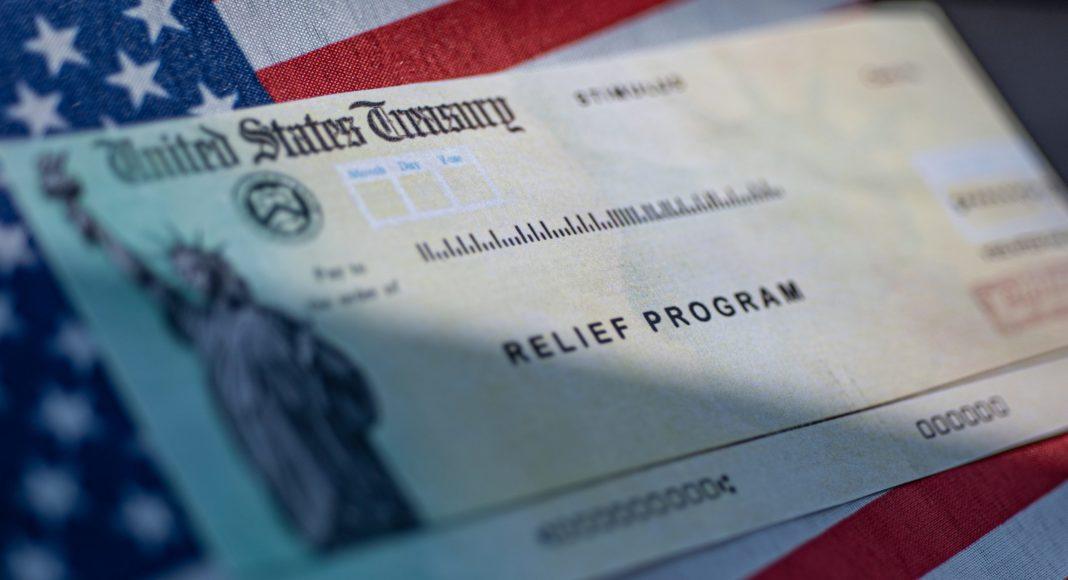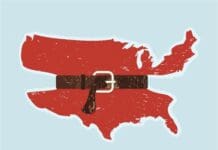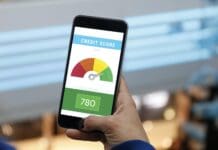Expected to be dispersed later this month after passing through the House of Representatives on Wednesday, relief checks up to $1400 will revitalize the tired American economy and stimulate growth among the nation’s retailers. After delays in the Senate because of the efforts of Democratic Senator Joe Manchin, the bill is expected to easily pass through the House despite disappointment from the Progressive Caucus at the reduced size of the stimulus.
After passing through the House, President Joe Biden is expected to sign the bill before existing unemployment insurance benefits expire.
The relief bill will also reinstate federal unemployment insurance benefits, which provide $300 weekly to unemployed Americans. The relief check, coupled with continuing unemployment benefits, will restore some consumer confidence and pump money into suffering local economies that have been desperate for aid since the pandemic began in March of last year.
Democrats in the House and Senate believe that the stimulus checks will help reduce child poverty and allow people to afford necessities as economies struggle to recover. The unemployment insurance benefits will also help nearly 18 million people who are still out of work as the nation recovers. Although jobs are returning to the economy, many Americans still remain unemployed and would benefit from the stimulus funds as the economy continues to recover.
Despite the benefits guaranteed to the everyday American by the relief bill, the nation’s retailers will prove to be the largest beneficiaries of the stimulus. In particular, grocery stores and large retailers like Walmart, Target, and Costco should expect to see massive growths in profit once the stimulus funds reach the average spender’s wallet.
Retailers should expect to thrive as a result of the stimulus checks because the checks will enable consumers to resume economic activity. Many Americans are unable to save money because of expenses accrued during the pandemic while unemployed, so the relief money will largely flow directly to essential retailers.
Families can also expect significant gains as a result of the relief bill because of the expansion to the child tax credit. The relief bill increased the tax credit to $3,000 per year per child aged between six and 17, and to $3600 for each child under the age of six.
Payments for the child tax credit are expected to begin as early as July, with monthly payments of $250 until the next tax season. When filing taxes next year, parents can claim the remaining portion of the child tax credit.
The child tax benefits, along with the other benefits included in the relief bill, depend on income and begin to phase out for individuals who earn at least $75,000 per year. Individuals or families who earn more than $75,000 or $150,000, respectively, can still apply for the old $2,000 child tax credit as long as they earn less than $200,000 per year.













